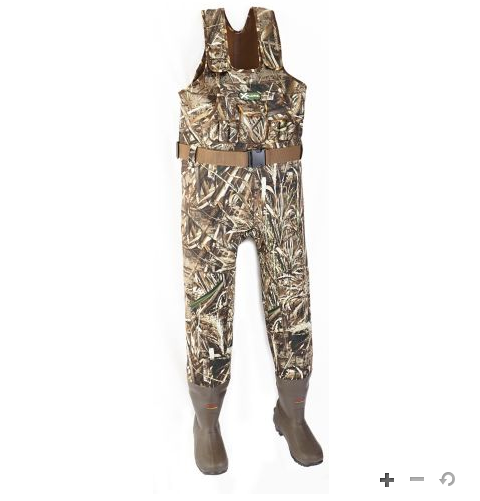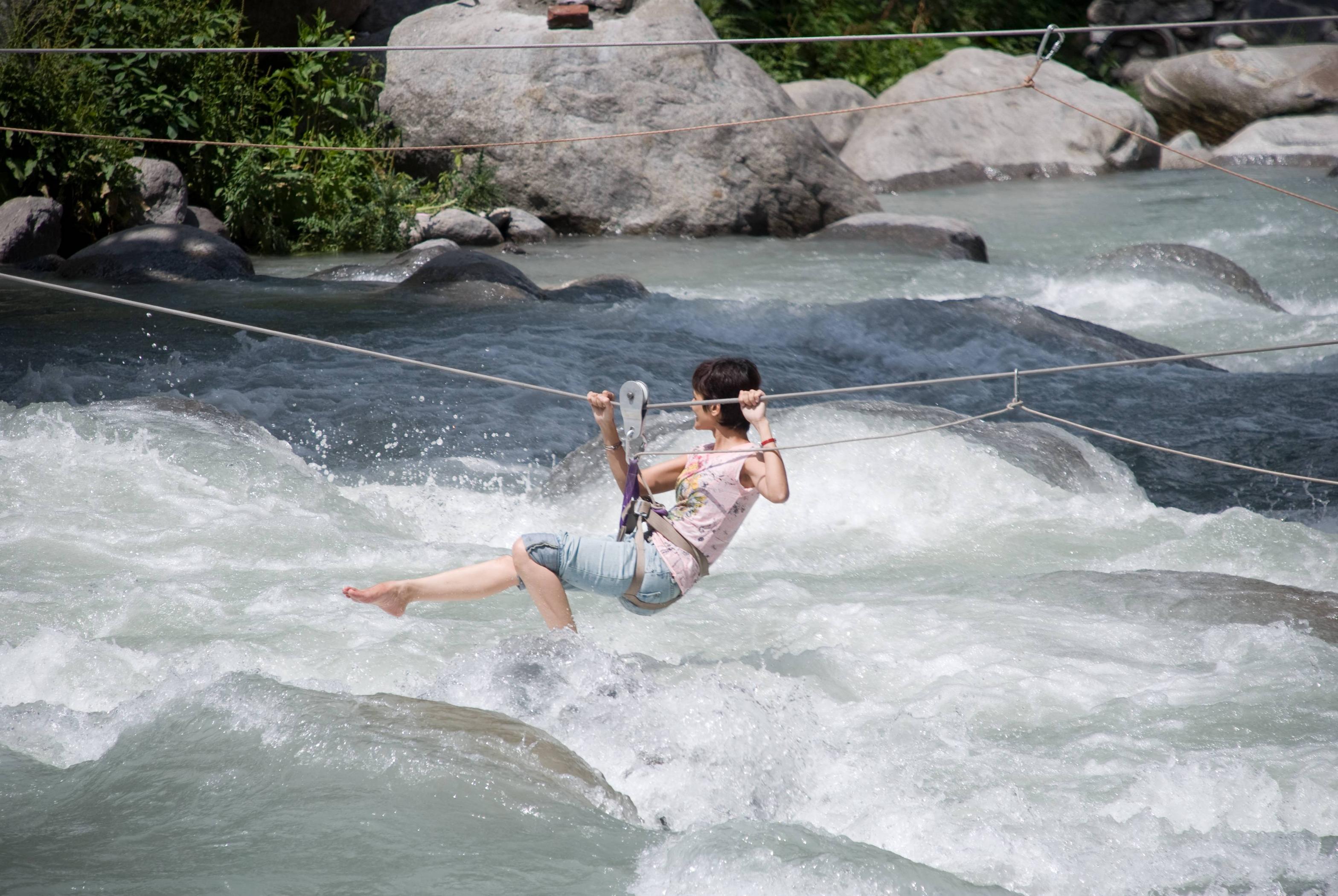I walk about 1.5 miles to work, mostly along a busy, smelly road. There is an alternative route I could take of similar length along off-road quiet tracks which would be much nicer, but to take this route I need to cross a river.
The river is maybe 20-30 meters across and slow-flowing, but there is no bridge for a mile in either direction. One side of the bridge is next to a boathouse, so there is a slipway, but the other side is just open fields. This also means there is no good way to secure a vessel on that side.
Can anyone think of a way I can cross the river? If carrying something, it would need to be light and portable enough for me to walk with for a mile plus, and not require significant assembly/disassembly. Alternatively, I could cycle if that would help.
If money was no object, a jet-pack would work, but I do need to consider funds somewhat!
I'm really interested if anyone has any outside-the-box ideas...


